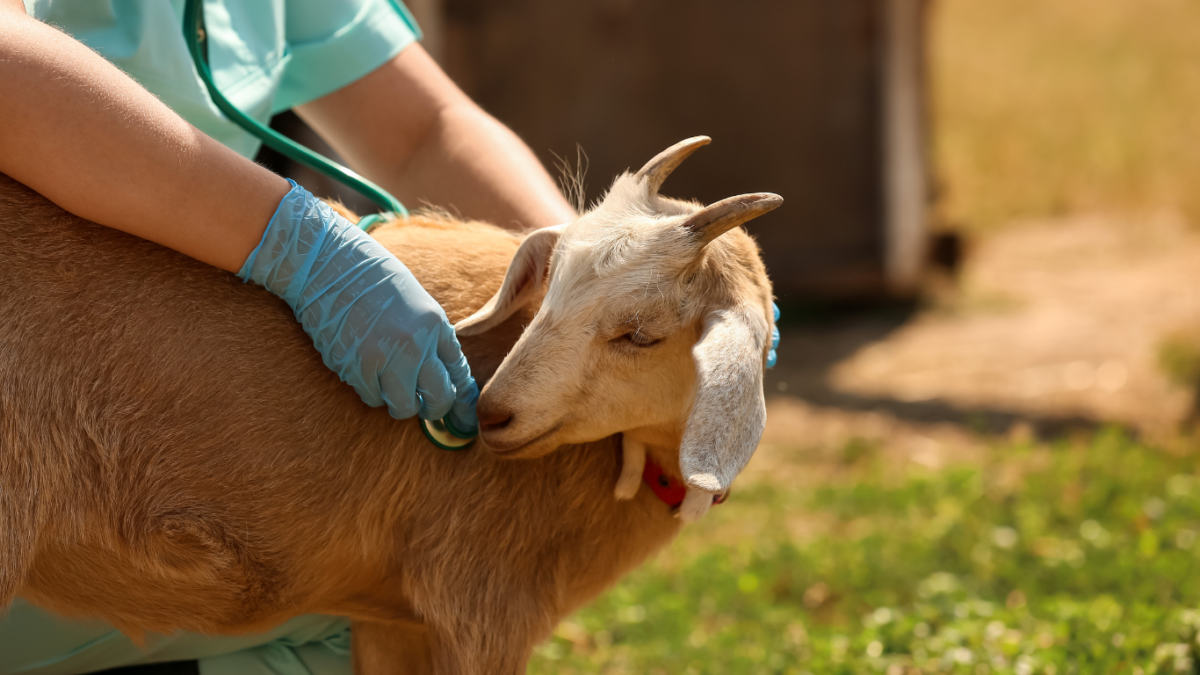In a world grappling with the rise of infectious diseases, particularly those with zoonotic origins, the link between animal agriculture and disease emergence is becoming increasingly apparent.
In recent years, the field of zoonotic disease research has witnessed remarkable progress in early detection, diagnosis, treatment, prophylaxis, and control. Technological advancements, particularly in areas such as polymerase chain reaction (PCR), vaccine development, CRISPR, and machine learning algorithms, have revolutionized our ability to combat diseases that can transmit between animals and humans. While celebrating these achievements, it is crucial to acknowledge the existing gaps in global surveillance and reporting systems, emphasizing the need for continuous investment in zoonotic disease research.
The dynamic nature of emerging diseases makes surveillance an intricate challenge. The potential for unexpected features in future health problems further complicates the task. No single data source can capture all the information required for effective surveillance. This complexity emphasizes the importance of early clinical detection as a cornerstone in addressing unexpected diseases.
In an era marked by the continuous evolution of pathogens, early disease detection is paramount in addressing emerging and re-emerging threats. By staying one step ahead of rapidly changing health landscapes, surveillance systems can adapt and respond to novel challenges, preventing potential pandemics and safeguarding global health security.






